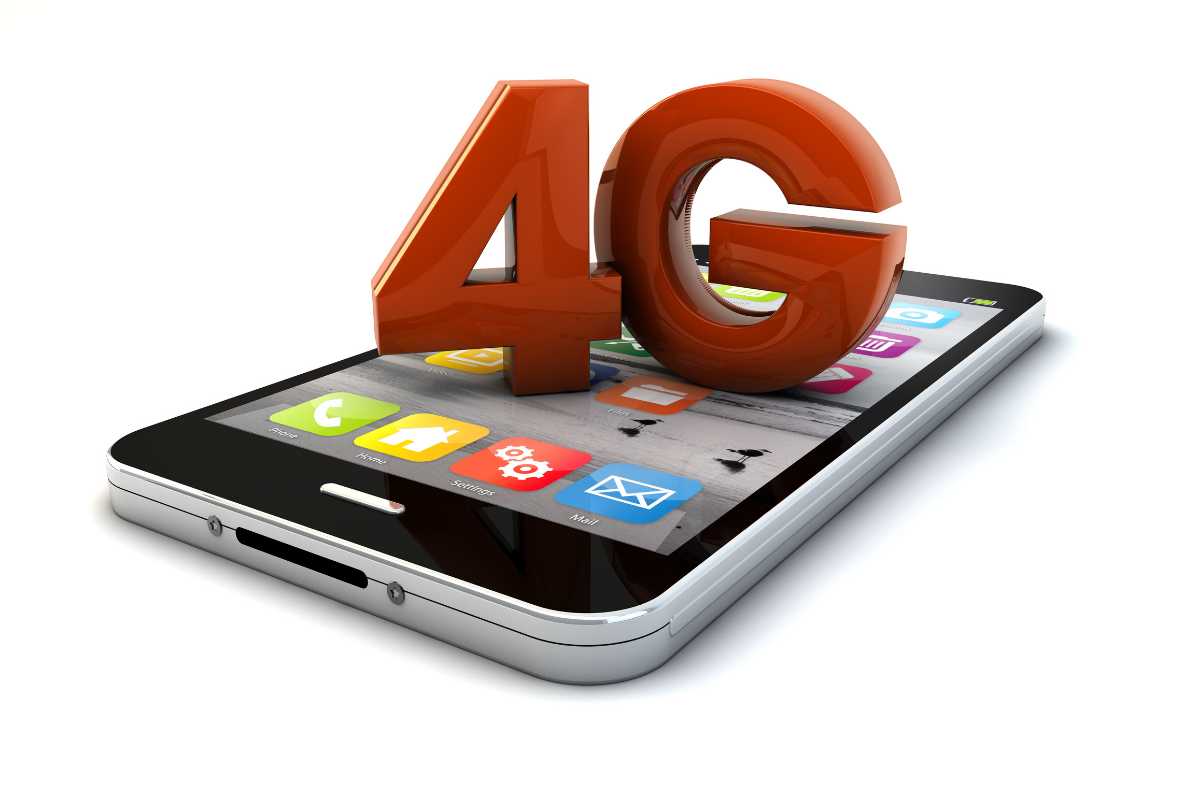The buzz around the arrival of 5G has been quite high in India since the time the Department of Telecommunications (DoT) had announced that telecom operators could start with 5G trials. There are some who believe it will be good for the economy, and then some who are worried about its impact on nature (Juhi Chawla case). Regardless, the next-generation technology is insignificant for now. Even in 2022, it won’t be available everywhere, and it will take some time for people to adapt to 5G. The Indian telecom operators will keep their focus on 4G and keep developing 5G solutions in the backend.
4G Is Still Relevant and Won’t Go Out Anytime Soon
It is interesting to think that there are still millions of customers who are still using 2G network services and 2G phones. This set of 2G customers are expected to upgrade to 4G services soon. But for that, they need an affordable 4G smartphone. The JioPhone might not cut it for them because of its lack of modernism since it is a feature phone. A cheap 4G smartphone from Reliance Jio might just push these customers to convert to 4G services. Note that if it has been so hard for the telcos to convert these 2G customers into 4G, it would be next to impossible for them to convert them into 5G customers with expensive 5G phones. Thus, a large section of the market would still be upgrading to 4G in the next 2 years. This will prompt the operators to keep their focus on 4G for the medium-term at least.
4G Has Multiple Defined Use Cases
Every technology has certain use cases. Since 4G has been in the market for quite some time, its use cases have been defined. People know what they can do with 4G networks and feel quite comfortable around it. For 5G to settle the same way in India, it would take some time. The whole digital ecosystem will need to adapt to 5G, and that won’t happen in a month or even a year. One of the biggest things that come into play when telecom operators talk about 5G is how much time it will take to roll out. Initially, the operators are only expected to launch 5G services in metro cities. For a PAN-India 5G coverage, it would take the operators at least 3 to 4 years of very hard work.
4G Good for Revenues
One of the biggest factors that will push the operators to keep their focus on 4G is the lack of availability of low-cost 5G smartphones. There are smartphones under Rs 20,000 that support 5G connectivity, but they lack certain features because the companies want to make them cheap. Thus a large section of people who are aware of smartphones are still going for 4G devices that are not only cheap but also feature-rich as compared to 5G. So the majority of the revenues will come from 4G networks. Thus the operator’s won’t be too keen to announce 4G as a legacy network and move on from it.
5G Spectrum Auctions
5G spectrum auctions are expected to take place next year now. Further, once the operators have acquired the spectrum, it would still take them months before they can deploy it across multiple sites in India to avail live commercial 5G networks for their users. One of the biggest challenges related to the 5G auctions remains the pricing of the airwaves. The telcos want the 700 MHz band and other 5G bands at a feasible rate so that they can roll out the next generation networks in a planned manner and not exceed their costs.

